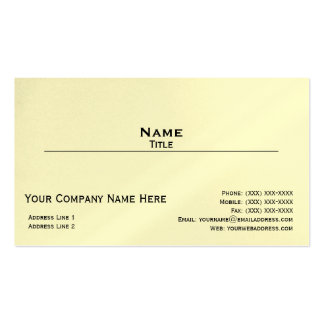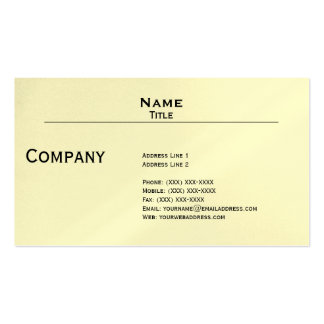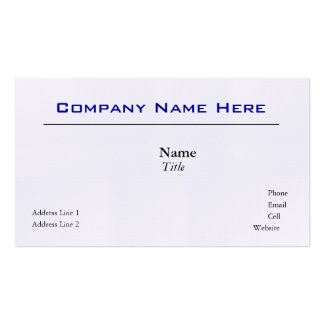Nothing is more frustrating to a small business owner than extending credit terms of net 30…and receiving payment 60, 90 or even 120 days later. As you wait for the slow pokes to pay, your firm’s cash flow dwindles to a trickle, and you begin to worry about paying your own bills or meeting payroll.
Is your small business struggling to get customers to pay bills on time? If so, you’re not alone. A report in the Wall Street Journal indicates that as of late 2012, 64% of businesses experienced problems with late-paying customers. Late-paying firms included some big names, who tended to follow their own corporate policies on when to pay bills rather than adhere to the payment terms requested by their small business partners.
Other than sending reminders and past due notices, is there another way to coax clients and customers into paying on time? One firm, Xero, an accounting software provider, discovered something interesting when it surveyed 1,500 small business owners. They found that by sending out invoices as rapidly as possible, their clients greatly shortened the time it took them to get paid, regardless of the credit terms extended to a small business firm’s clients.
See our choice for best invoicing software here.
The chart below provides intriguing findings from their survey:
While extending longer net payment terms to your customers may seem to be a good idea to attract additional business, late payments may offer more headaches than help to small businesses looking to grow their customer base.
Key Take-Aways
- Send invoices out quickly. It’s easy to put off invoicing clients when your business is busy, but your cash flow may suffer if bills are delayed. Set aside regular time each month to issue invoices promptly to your customers.
- Also set aside time each month to follow up on unpaid invoices. Delays sending out reminders add up to longer delays to receive payment.
- When establishing payment terms for your small business, stick to shorter suggested terms rather than offer lengthy terms. Xero states that Net 30 is the suggested maximum amount of time to extend.
- Use professional accounting software to generate invoices and track payments. Well-designed invoices tend to be paid more quickly than casual written notes.
- Many business accounting programs such as QuickBooks provide detailed reporting features that enable you to run reports on Accounts Receivables by date and client. This makes it easy to follow up on unpaid invoices each month and to note any particular clients who seem to always delay payment.
- If you are a service-based business, you may want to experiment with asking for a deposit at the start of a project and invoicing once significant project milestones are achieved. This drips cash back into your company as each invoice is paid rather than waiting for a lump sum at the completion of the project.
- Don’t hesitate to follow up professionally and politely on unpaid invoices. If you’re provided good service, completed all project deliverables, and successfully completed a project, then you deserve to be paid on time.








No comments:
Post a Comment